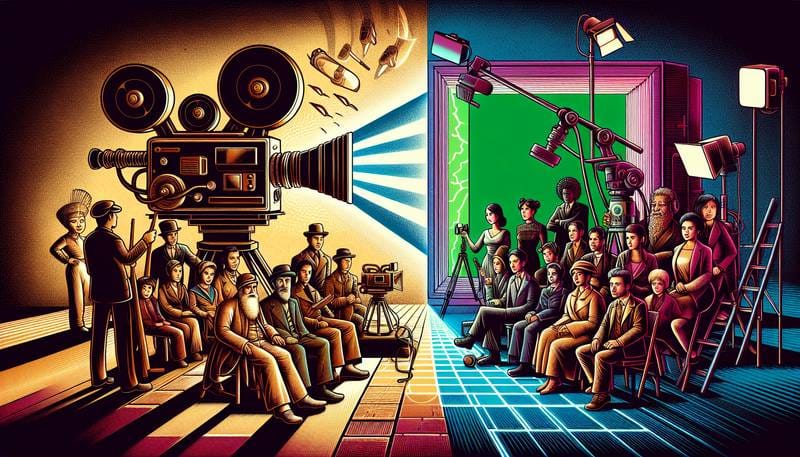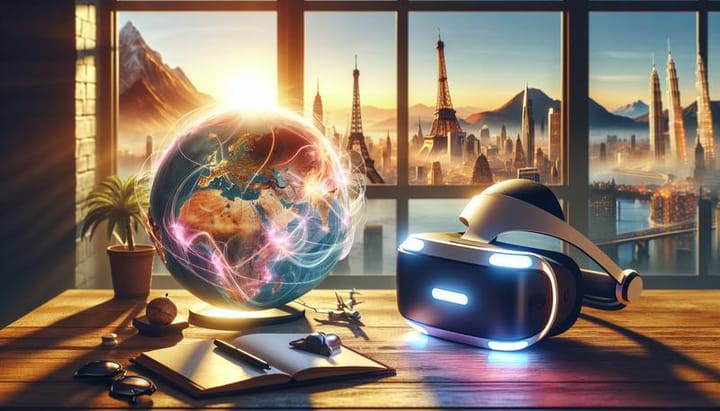The Changing Landscape of TV and Film in the Digital Age

The entertainment industry is constantly evolving, and the digital age has brought about some of the most significant changes yet. In this article, we'll explore how the rise of streaming services, digital distribution and new technologies have changed the landscape of TV and film.
The Rise of Streaming Services
One of the most significant changes in the TV and film industry is the rise of streaming services like Netflix, Hulu, and Amazon Prime. These services have made it easier than ever for viewers to access content on demand, without having to wait for a specific time and day to watch their favorite shows. This has led to a shift in the way that TV shows and films are consumed, with binge-watching becoming the new norm.
Streaming services have also changed the way that content is produced. With traditional TV networks, shows had to be produced in a way that would appeal to advertisers, but with streaming services, there's no need for ads, so creators have more freedom to produce content that is true to their vision. This has led to a new wave of innovative and diverse content that may not have been possible in the traditional TV model.
Digital Distribution
Another significant change in the industry is the rise of digital distribution. With the decline of physical media like DVDs and Blu-rays, more and more content is being distributed digitally. This has made it easier for independent filmmakers to get their work seen by a wider audience, without the need for a traditional theatrical release.
Digital distribution has also made it easier for content to be distributed globally, which has led to an increase in the popularity of international shows and films. This has created a more diverse and inclusive landscape for TV and film, with viewers being exposed to content from all over the world.
New Technologies
New technologies like virtual reality and augmented reality are also changing the landscape of TV and film. These technologies have the potential to create new and immersive experiences for viewers, allowing them to feel like they're actually inside the world of the show or film.
Virtual reality has already been used to create interactive experiences for shows like "Game of Thrones" and "The Walking Dead," and as the technology continues to improve, we can expect to see even more innovative uses of it in the entertainment industry.
The Future of TV and Film
As the TV and film industry continues to evolve in the digital age, we can expect to see even more changes in the way that content is produced, distributed, and consumed. With the rise of new technologies and the increasing importance of global audiences, the future of TV and film is sure to be an exciting one.
Conclusion
The landscape of TV and film has changed drastically in the digital age, and it's likely that we'll continue to see more changes in the years to come. From the rise of streaming services to new technologies like virtual reality, the entertainment industry is becoming more diverse, innovative, and accessible than ever before.
So, next time you sit down to watch your favorite show or film, take a moment to appreciate how far the industry has come and where it might be headed in the future. It's an exciting time to be a fan of TV and film, and we can't wait to see what's next.


